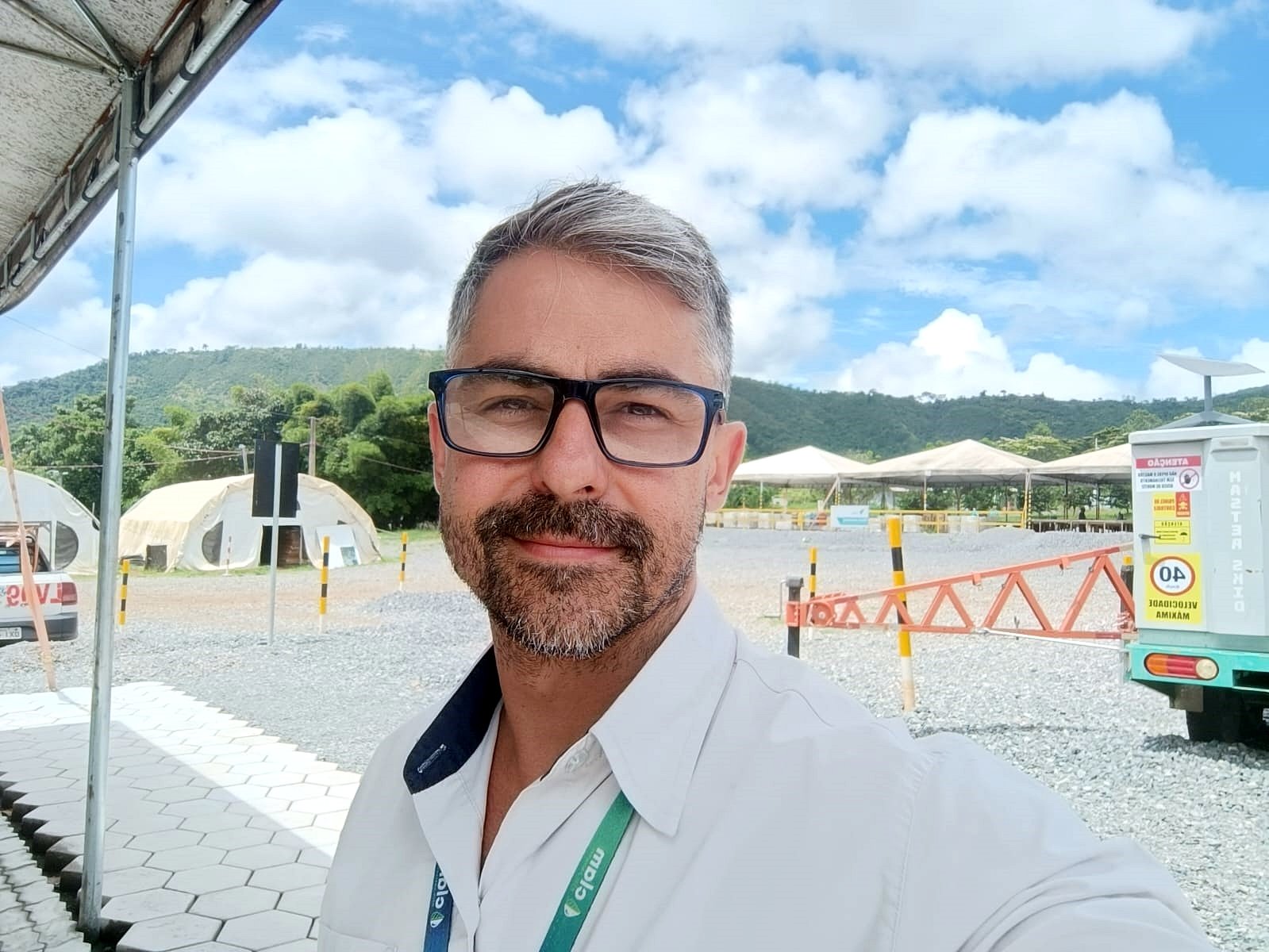The planting of seedlings plays a crucial role in the recovery of degraded areas, helping to restore damaged ecosystems and promote biodiversity regeneration. And what are the benefits of this process? We can point out some to understand the importance and complexity of plantings: Restoration of vegetation cover, reconstruction of biodiversity, and recovery of ecosystem services.
Thus, with the advancement of technology, various methodologies have been developed to optimize the planting process, increasing efficiency and productivity. The integration of management software on smartphones has revolutionized how planting operations are managed, offering greater convenience, agility, and efficiency.
Technology in Function of Planting
Therefore, with the ability to install applications directly on mobile devices, managers can access real-time information and make informed decisions, even when they are away from the office or far from the field.
In this sense, the need to update regarding technologies is necessary in the face of difficulties, especially nowadays with the growing demand for land, accelerated urbanization, and agrarian conflicts that generate great difficulty in selecting suitable areas for planting, as finding suitable areas for compensatory plantings can be challenging.
However, there is not always available or suitable land for restoration, especially in densely populated regions or with agricultural pressure, and even pressure for land use for other purposes. In many regions, the pressure for land use is high, which can result in the conversion of restored areas for other purposes, such as urbanization or mining, making the selection of areas difficult.
Furthermore, restoring a degraded ecosystem to its original conditions can be extremely complex and time-consuming. Rebuilding biodiversity, soil recovery, and restoration of lost ecosystem services can take decades or even centuries.
In this sense, another important factor is the high costs involved in carrying out compensatory plantings, which can and often are significant, especially in areas where degradation is extensive and restoration services are complex. This can pose a challenge for companies or organizations that are required to compensate for their environmental impacts.
In summary, it's not just about going there and planting!
Considering the success of technology use in agribusiness and the robust database and information that these systems can generate, interacting with the same processes by directing these resources towards the recovery of degraded areas is not only a reality but also a necessity in the face of the challenges mentioned.
Therefore, by applying new methodologies together with a system specifically designed for this purpose, we are creating processes that generate data and traceability, making planting "tangible" in practical and economic aspects for managers and clients, and informative, especially for regulatory bodies.
Overall, this integrated approach between methodology and technology can be a powerful tool to promote effective and responsible environmental compensation, contributing to the conservation and restoration of ecosystems.

